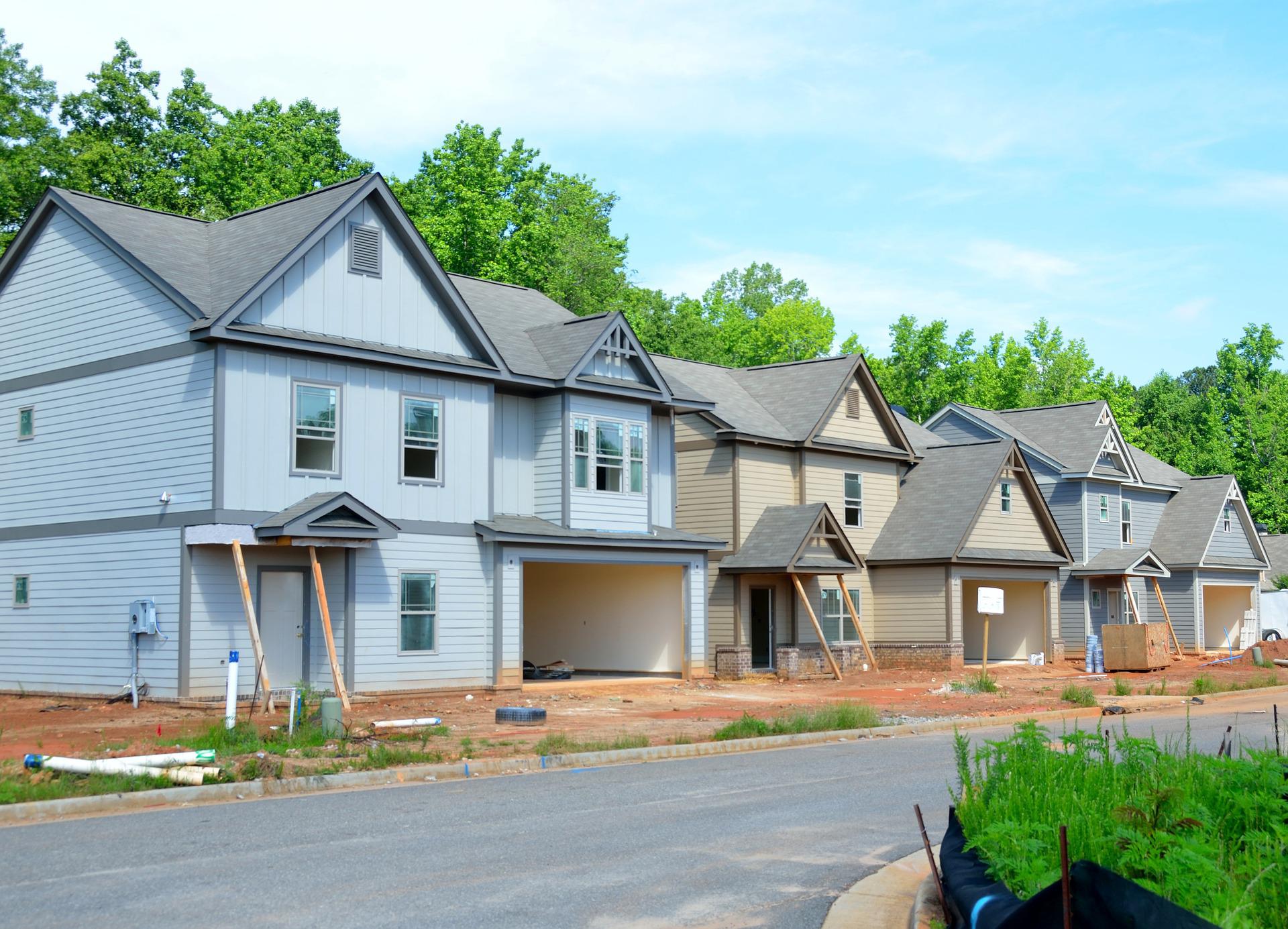The Impact of High Inflation on Property Insurers

If the pandemic and record CAT losses haven’t been onerous enough for property and casualty insurers over the past two years, the ripple effects of rapid inflation are adding a whole new level of complexity. How well the industry leverages modern property analytics technologies could determine how successful it is at navigating an extended period of elevated inflation and rising interest rates.
After running at an average annual change of less than 1% for much of the past decade, the inflation rate in the US jumped 8.5% for the year ending March 31—a 40 year high. The Fed’s plans to ratchet up interest rates to somewhere around 2% by year’s end are designed to dampen these inflationary pressures. But some officials fear rates may need to go as high as 4% to fully account for inflation propelled by continued supply chain issues that could be exacerbated by a protracted war in Ukraine, new COVID variants, and other factors.
If that level of rate hikes plays out, insurers could take a 13% hit on the value of their bond portfolios, eroding profitability and reserve strength. It could also be just the start of their headaches. To avoid a rough ride over the next 12 to 24 months, insurers would be wise to put strategies in place to mitigate four significant downside risks created or worsened by soaring inflation.
The Rising Cost of Undervaluation
Thanks to the highest inflation level in nearly half a century, the difference between what a property is valued at bind and what it costs to repair or rebuild it, is skyrocketing. This is especially problematic for properties with full replacement cost cover. Sure, a 1% miscalculation on value one way or the other didn’t mean much when inflation rates were low. Now, it could cause serious pain to insurers.
Take December’s Marshall Fire, which decimated more than 1,084 homes and businesses in Colorado during a month traditionally associated more with snowfall than smoke inhalation. According to the Colorado Division of Insurance, as much as 67% of these homes were underinsured, leading to as much as $179 million in shortfalls for policyholders. Out of 951 total losses analyzed by the DOI, nearly 10% had guaranteed replacement cost cover with no cap.
Those who were underinsured will have enjoyed unrealistically low premiums and still be made whole—at a much higher cost to their insurers. Residential homebuilding costs ranged from $260 to $300 per square foot in 2018, which would be painful enough. But the price of lumber is roughly three times higher today. In short: Accurate, up-to-date valuation couldn’t be more important.
Exploding Labor and Materials Outlays
That’s true even without factoring underinsurance. Even with lower inflation, costs have been rising over the past decade in part due to wage pressures for skilled labor and a growing number of climate-related events like the Marshall Fire.
In fact, inflation in the sector is outpacing the Consumer Price Index (CPI) by a sizable margin. In addition to lumber, construction materials such as steel, concrete, and gypsum are also seeing above-average price increases. Put together, the cost of building materials has spiked more than 20% just since December 2020.
Remaining kinks in supply chains are also extending the time it takes to make repairs or rebuild properties. When prices continue to swell, delays grow costlier by the day. Just because supply chains seem to be increasing capacity, don’t expect a linear progression anytime soon. Even now, renewed and expanding COVID lockdowns mean we should all brace for further supply chain disruptions for materials sourced from China.
Climbing Claims Frequency and Severity
The Marshall Fire was a harbinger for the year (and century) ahead. While the first three months of the year have traditionally been relatively quiet in terms of natural catastrophes, Q1 2022 marks the sixth consecutive year to record more than $10 billion in insured losses.
Repricing portfolios to avoid long-term exposure to CAT losses certainly helps, but it’s no panacea on its own. Neither is simply pulling out of high-risk geographies like the southeast and mountain west, which rank among the fastest-growing.
It may also be fruitless. On one hand, the historical data used to calculate risk exposure to weather- and climate-related perils is based on a climate system that no longer exists. On the other hand, there may soon be no such thing as a property that’s completely free of climate risk. According to Swiss Re, the pool of existing properties exposed to climate-related perils will expand by up to 41% by 2040. That could translate into a five-fold increase in disaster-related claims over the next 30 years.
In our inflationary here-and-now, insurers should plan for steadily increasing CAT claims frequency and severity for next several months. In turn, this will drive up all the other inflationary pressures discussed above–especially in areas hit with large-scale disasters that put further strain on materials and labor availability and costs.
Property Analytics: Easing Inflation’s Impact
Strategies for mitigating the risks posed by inflation will hinge on the ability to understand evolving property valuation and risk exposure in order to price risk and renovation costs quickly and accurately across the entire book of business—or avoid them altogether.
Insurers already leverage enormous amounts of information for risk modeling and forecasting. But in the current environment, priority should be placed on sourcing high-quality, up-to-date geospatial property condition data from providers with deep insurance industry expertise. For many, the best options will include those that deliver current and accurate data on property characteristics that impact valuation and risk for virtually any set properties nationwide via API.
The ability to successfully navigate times of prolonged inflation is no small feat. Insurers with the right data and analytics firepower stand the best chance of weathering whatever prices have in store for us in the months ahead.
To learn more about how geospatial property condition intelligence can help property insurers mitigate the impact of inflation, schedule a demo now.

